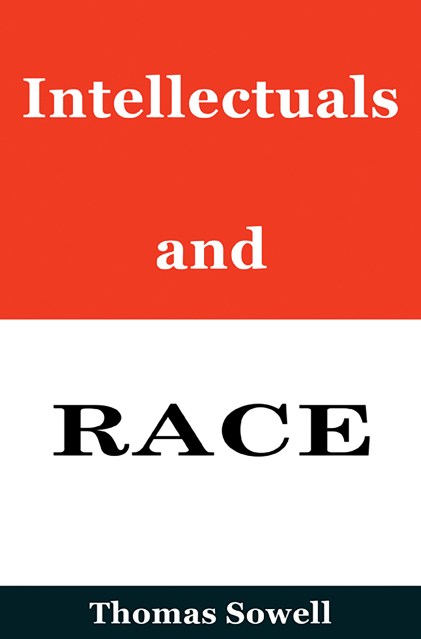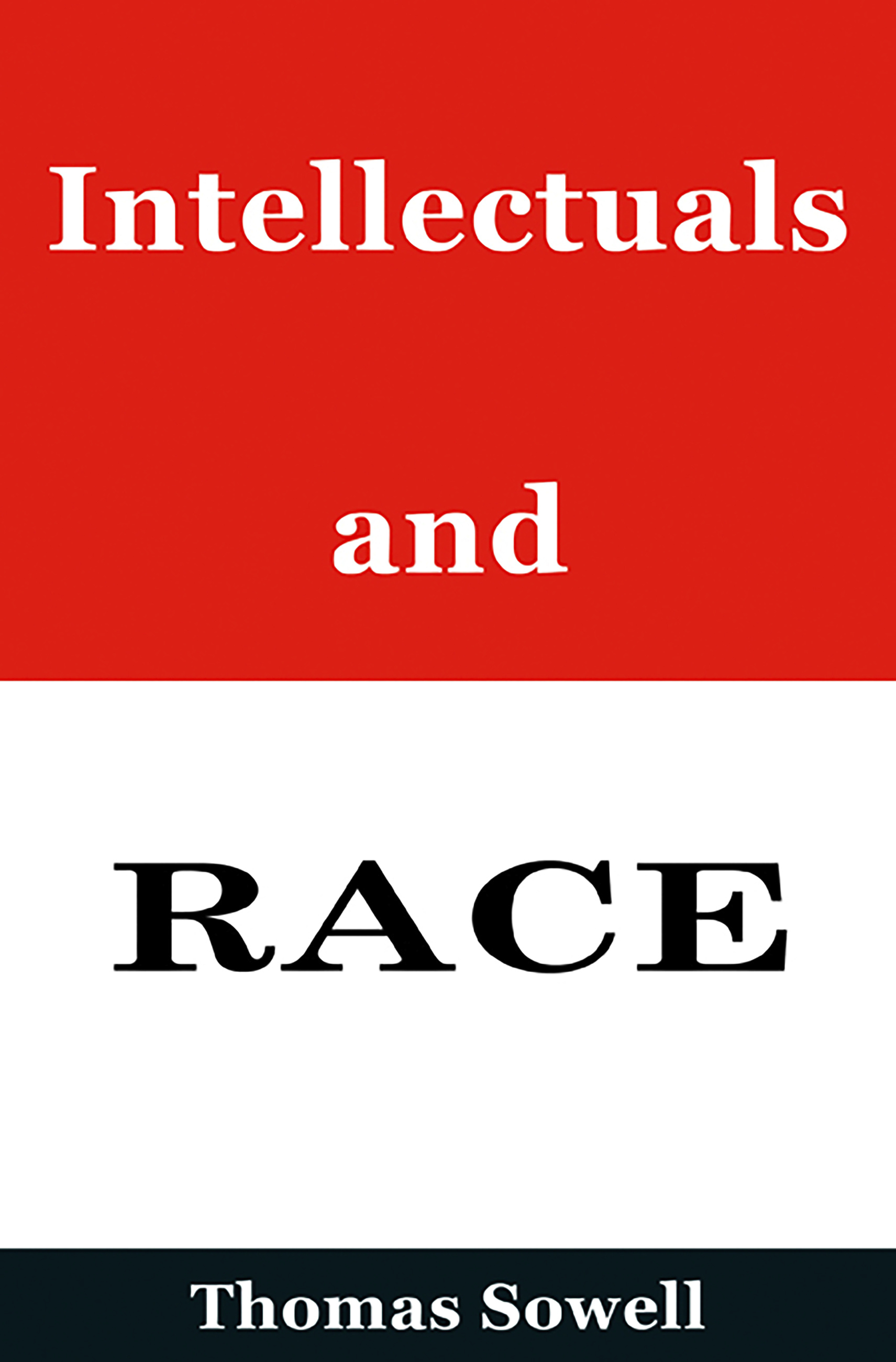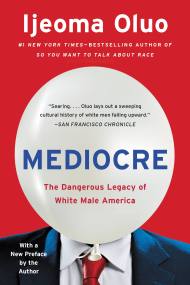Promotion
Use code MOM24 for 20% off site wide + free shipping over $45
Intellectuals and Race
Contributors
Formats and Prices
Price
$28.00Price
$35.00 CADFormat
Format:
- Hardcover $28.00 $35.00 CAD
- ebook $19.99 $25.99 CAD
This item is a preorder. Your payment method will be charged immediately, and the product is expected to ship on or around March 12, 2013. This date is subject to change due to shipping delays beyond our control.
Also available from:
Intellectuals and Race is a radical book in the original sense of one that goes to the root of the problem. The role of intellectuals in racial strife is explored in an international context that puts the American experience in a wholly new light.
The views of individual intellectuals have spanned the spectrum, but the views of intellectuals as a whole have tended to cluster. Indeed, these views have clustered at one end of the spectrum in the early twentieth century and then clustered at the opposite end of the spectrum in the late twentieth century. Moreover, these radically different views of race in these two eras were held by intellectuals whose views on other issues were very similar in both eras.
Intellectuals and Race is not, however, a book about history, even though it has much historical evidence, as well as demographic, geographic, economic and statistical evidence — all of it directed toward testing the underlying assumptions about race that have prevailed at times among intellectuals in general, and especially intellectuals at the highest levels. Nor is this simply a theoretical exercise. The impact of intellectuals’ ideas and crusades on the larger society, both past and present, is the ultimate concern. These ideas and crusades have ranged widely from racial theories of intelligence to eugenics to “social justice” and multiculturalism.
In addition to in-depth examinations of these and other issues, Intellectuals and Race explores the incentives, the visions and the rationales that drive intellectuals at the highest levels to conclusions that have often turned out to be counterproductive and even disastrous, not only for particular racial or ethnic groups, but for societies as a whole.
Genre:
- On Sale
- Mar 12, 2013
- Page Count
- 192 pages
- Publisher
- Basic Books
- ISBN-13
- 9780465058723
Newsletter Signup
By clicking ‘Sign Up,’ I acknowledge that I have read and agree to Hachette Book Group’s Privacy Policy and Terms of Use







